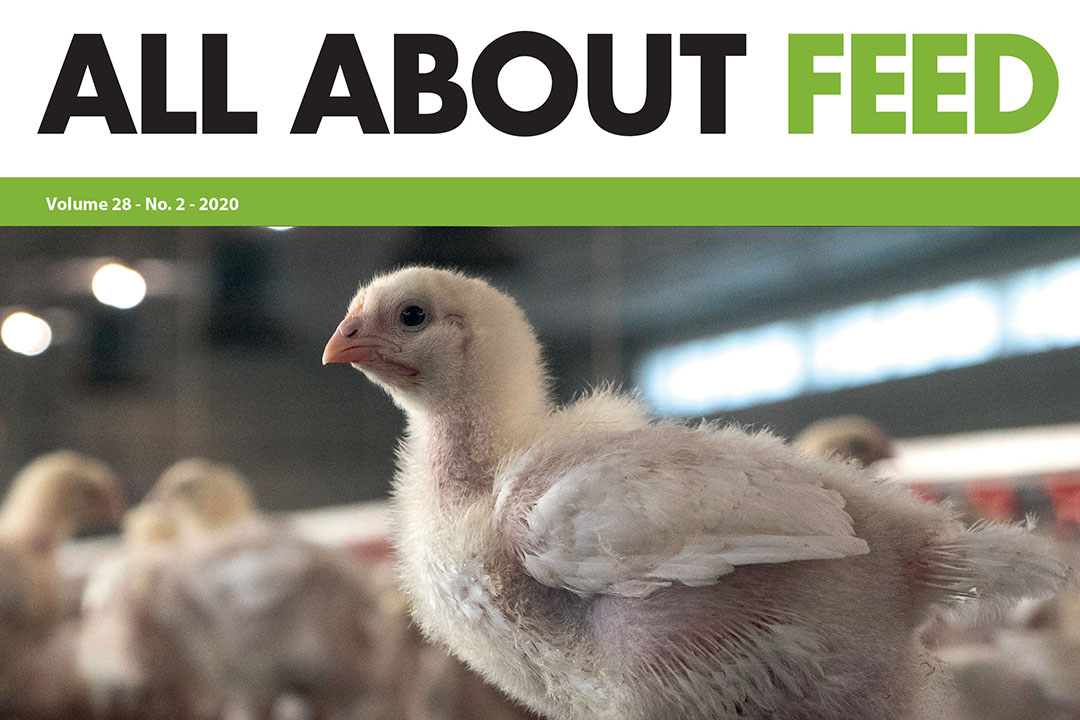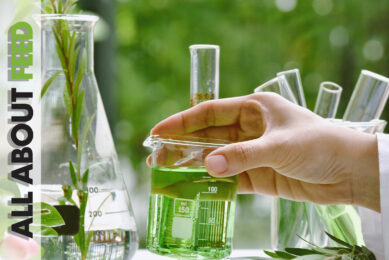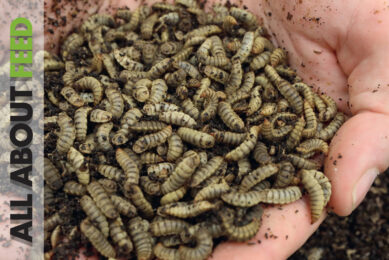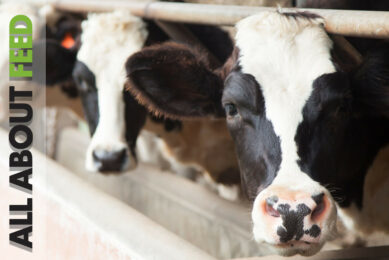2nd edition of All About Feed 2020 now online

In the 2nd edition of All About Feed for 2020 we look at how Iran will change its domestic feed landscape. We discuss organic trace minerals, enzymes and novel food proteins, as well as factors that affect feed pelleting and the option of hydrolysed poultry feather meal.
View All About Feed Digital Magazine
Navigating unchartered waters
All About Feed spoke to Dr Majid Movafegh Ghadirly, chairman of the Iran Feed Industry Association (IFIA), about Iran’s plans to modernise its domestic feed industry, which is expected to bring state aid to feed mills. The country also aims to export feed across the Middle East.
Improve production sustainability with organic trace minerals
With increasing pressure from legislators and consumers for sustainable products, the animal production industry is challenged to support animal health and welfare while reducing one’s carbon footprint and improving efficiency without antibiotics. Trace minerals are essential.

Insects grown on former foodstuffs are safe for animal feed
A study by the Risk Assessment & Research Office of the Dutch Food and Consumer Product Safety Authority has concluded that potential risks of insects grown on former foodstuffs can be adequately controlled as animal feed.

View All About Feed Digital Magazine
Pet food market in India growing
At a compound annual growth rate of 13.9%, the Indian pet food market is anticipated to be worth US$430 million by the end of the year.
World Mycotoxin Report
FUM and DON mycotoxins remains high according to Biomin’s 2019 World Mycotoxin Survey, which gathered over 20,000 samples that were tested from 86 countries, giving a global overview of current mycotoxin prevalence.

Enzymes reduce feed costs
In a study on the effect of the use of enzymes on feed costs, a blend of amylase, protease and phytase was used in corn-based broiler feeds resulting in a reduction in the amount of nutrients required.

Digestibility of hydrolysed poultry feather meal
Extensively hydrolysed poultry feather meal is used in aquaculture diets, as well as in dog and cat food. Little is known, however, on its digestibility in poultry.

EU compound feed production down
According to FEFAC, EU compound feed production in 2019 is estimated at 161.7 million tonnes, down 0.9% from 2018.

What affects the quality and efficiency of feed pelleting?
Fibre, protein and fat content, as well as the particle size of raw material and feed density all have a role to play in feed pelleting quality and efficiency.

In this edition’s Tech Talk, Dejan Miladinovic from the Centre for Feed Technology in Norway discusses novel food proteins.
To access the magazine section, where you will find this edition of All About Feed as well as other magazines from specialists in the agriculture industry, simply register for free.











